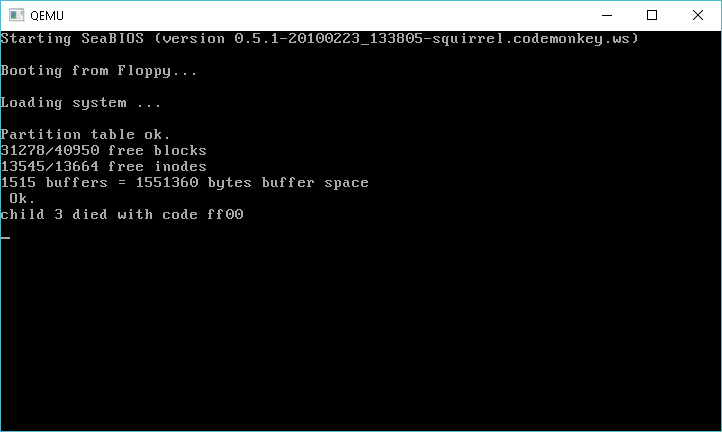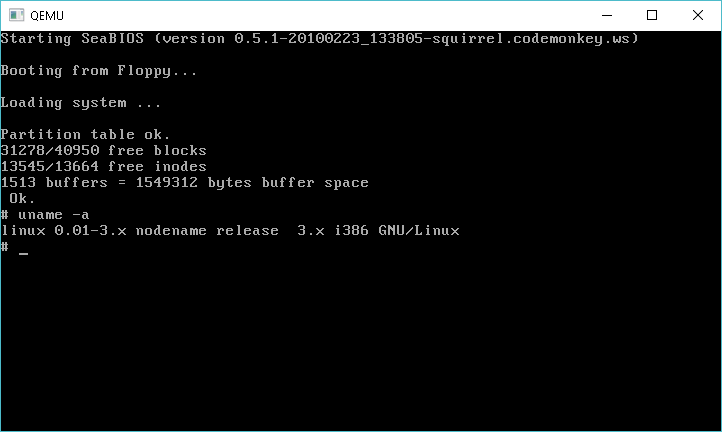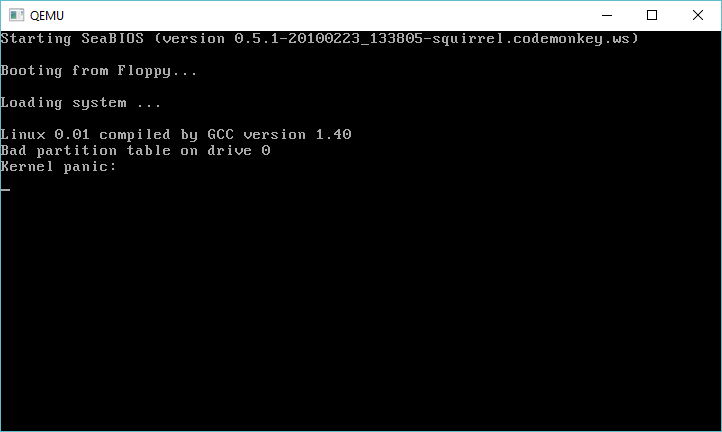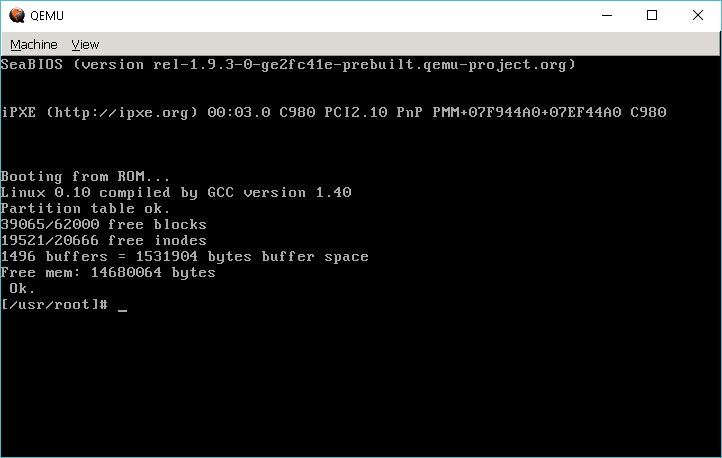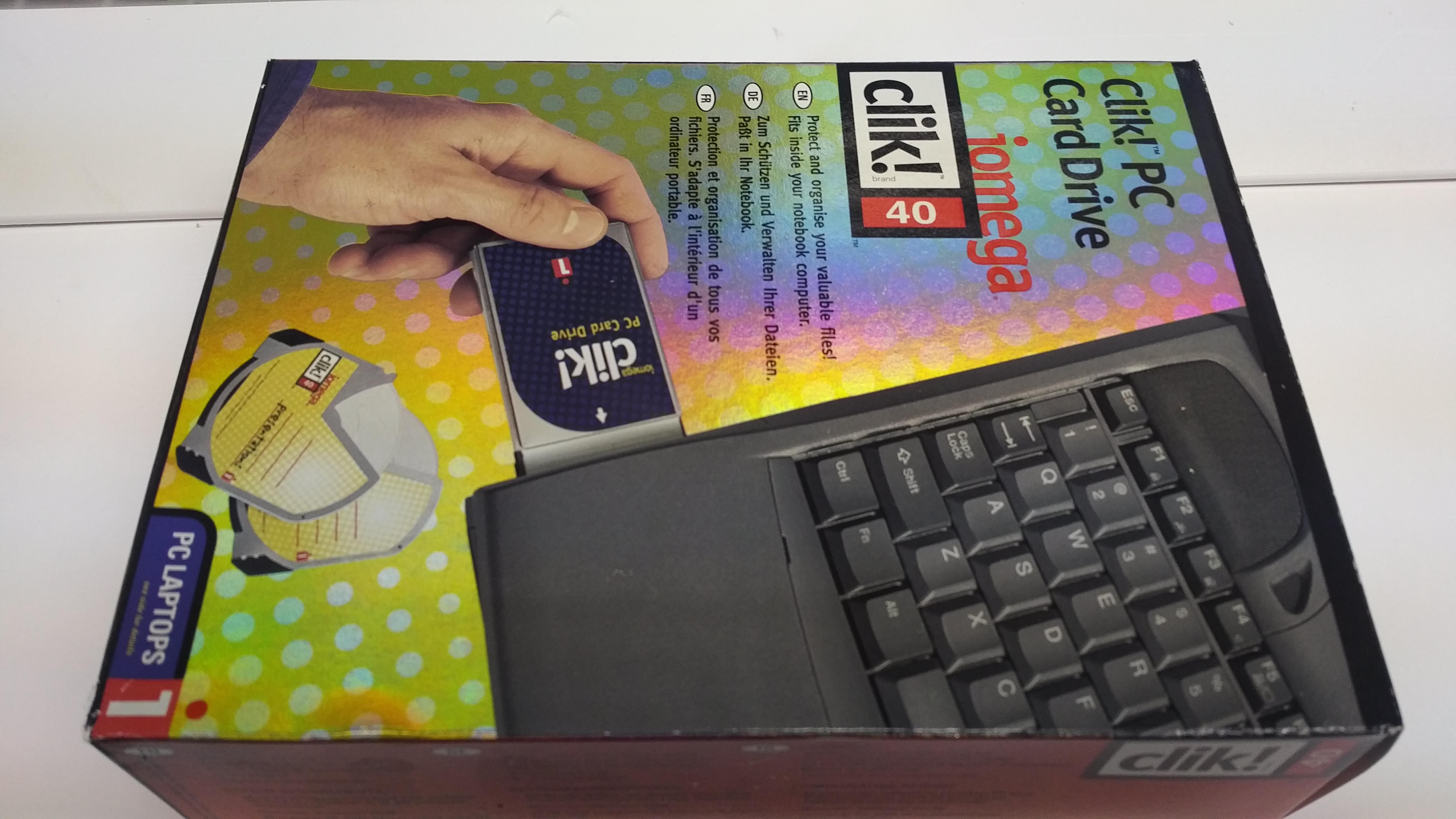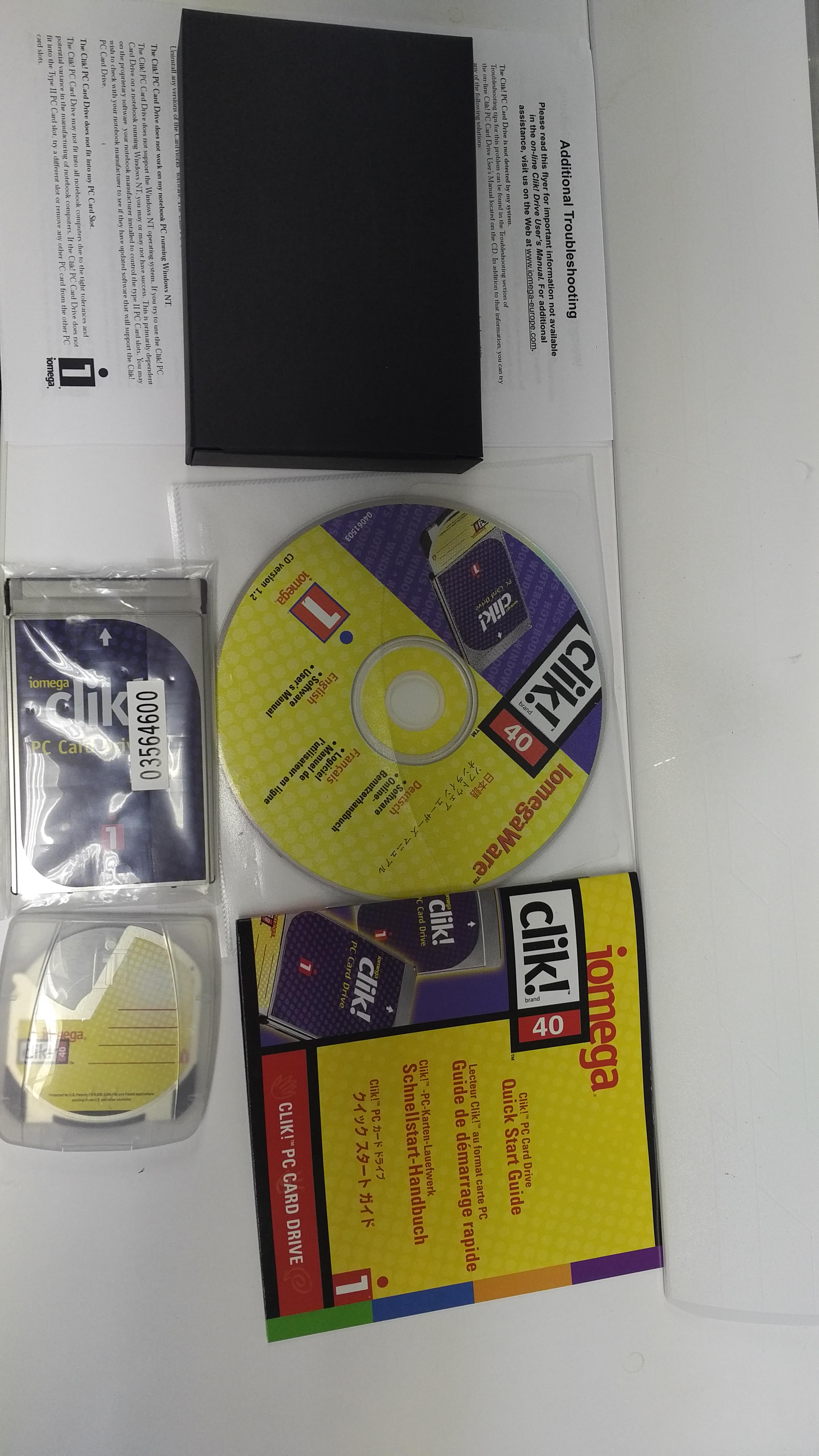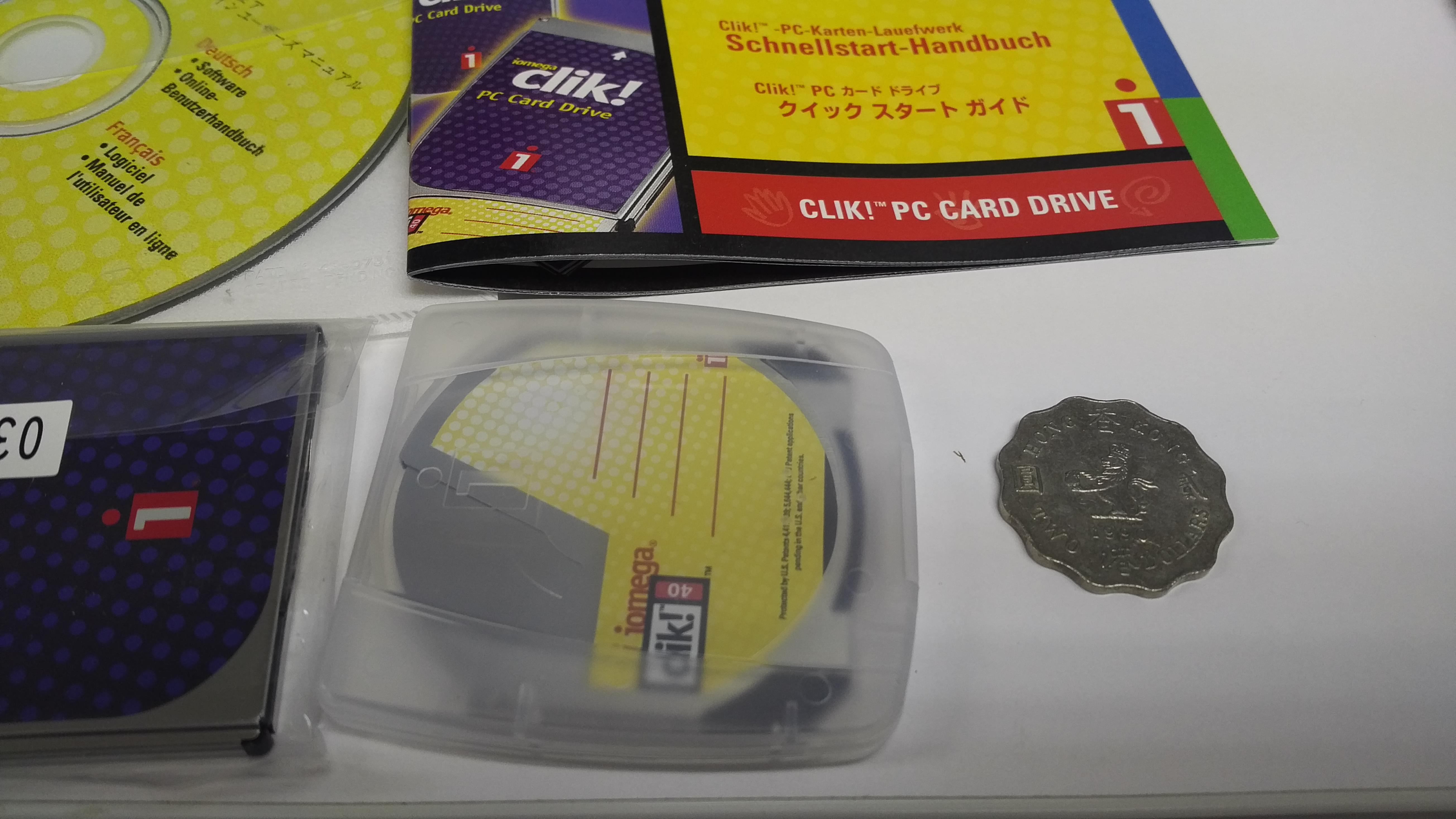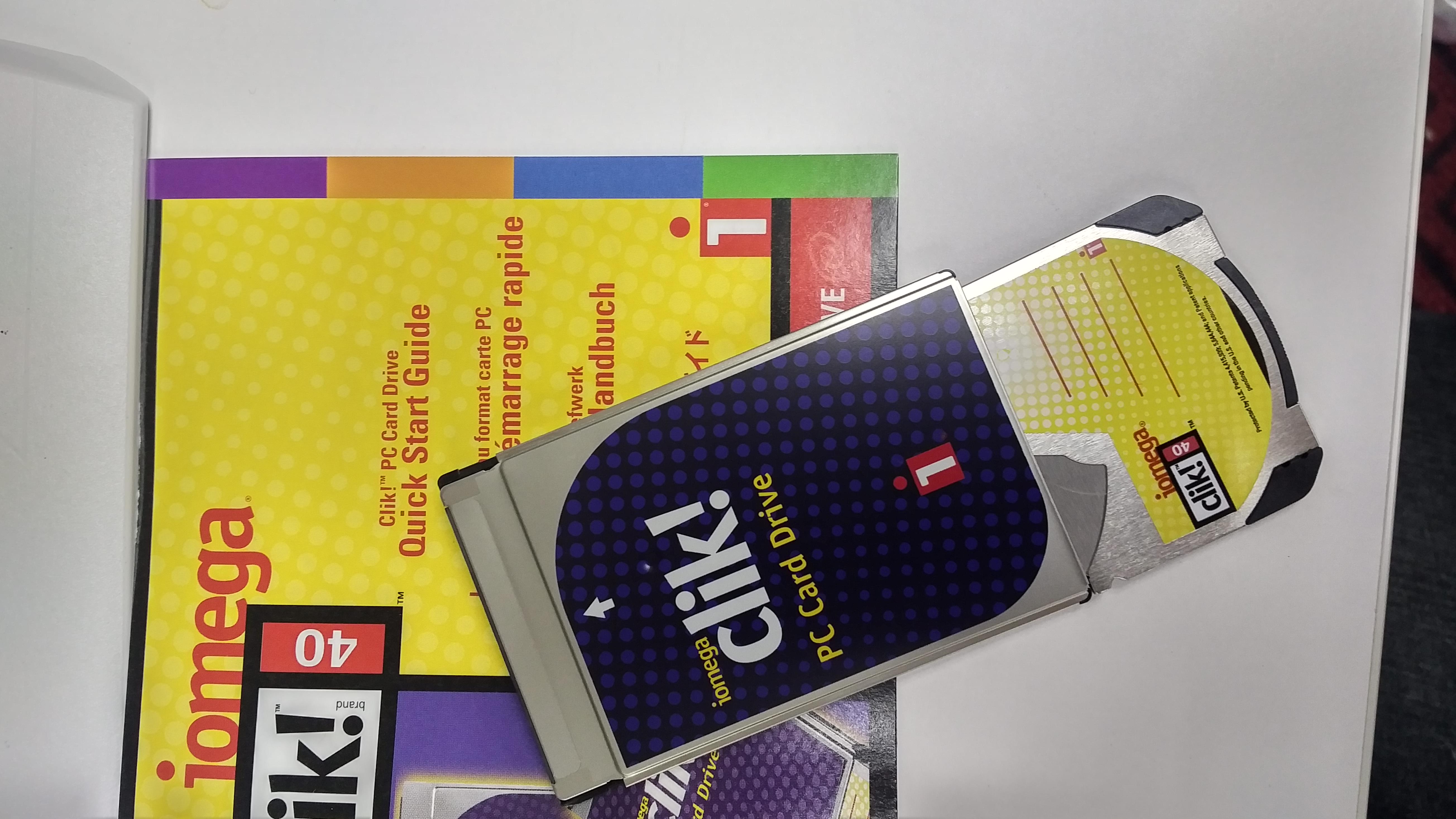
With all the talk of a possible ‘rocky’ earth like planet making the news, I thought it would be fun to seek out a really ancient (ha!) OpenGL program that did a basic simulation of our solar system. Â I am of course talking about ssytem.
Back in the late 90’s I have to admit that this was pretty incredible to look at! Â Although it was using OpenGL in software only, and to be honest the best and more stable way to use ssystem was on Windows of all things.
Microsoft had a deal with SGI around the 1993 timeline, and after the release of Windows NT 3.1 they were able to work out a deal to bring Windows NT to the SGI MIPS computers platform in exchange from OpenGL being made available on Windows NT. Â SGI couldn’t see a way to monetize NT on their hardware and the port never actually shipped, evidence of it however is present in the leaked Windows NT 4.0 source code. Â However OpenGL would prove very import for Microsoft as workstation style graphics could now run on ‘prosumer’ grade OS Windows NT 3.5, and eventually there was even a runtime for Windows 95!
All the old websites, and archives of ssystem have been wiped out, however I did find a copy of the source code for version 1.6 on a HPUX site of all places.
ssystem-1.6-src-11.00.tar.gz
With a filename tracked down, I was able to locate in archvie.org a partial backup of the main site here:Â http://www1.las.es/~amil/ssystem/english.html
So I thought I could start there. Â Ssystem needs the GLUT toolkit and I found a ‘pre-configured’ version 3.7 that Microsoft Visual C++ 6.0 can build on the command line here. Naturally with all the textures, it does rely on the IJG JPEG library (libjpeg) and I used version 6b as ssystem itself dates from 1999.
There was a bit of work to be done with the source code, as I had to massage it to compile with Visual C++, lots of missing headers, and there were some collisions in the lex for parsing the config file, but they were trivial to clean up. Â After a bit of going back and forth with a seemingly defective pre-built version of GLUT, re-building it myself got it to link a working executable:
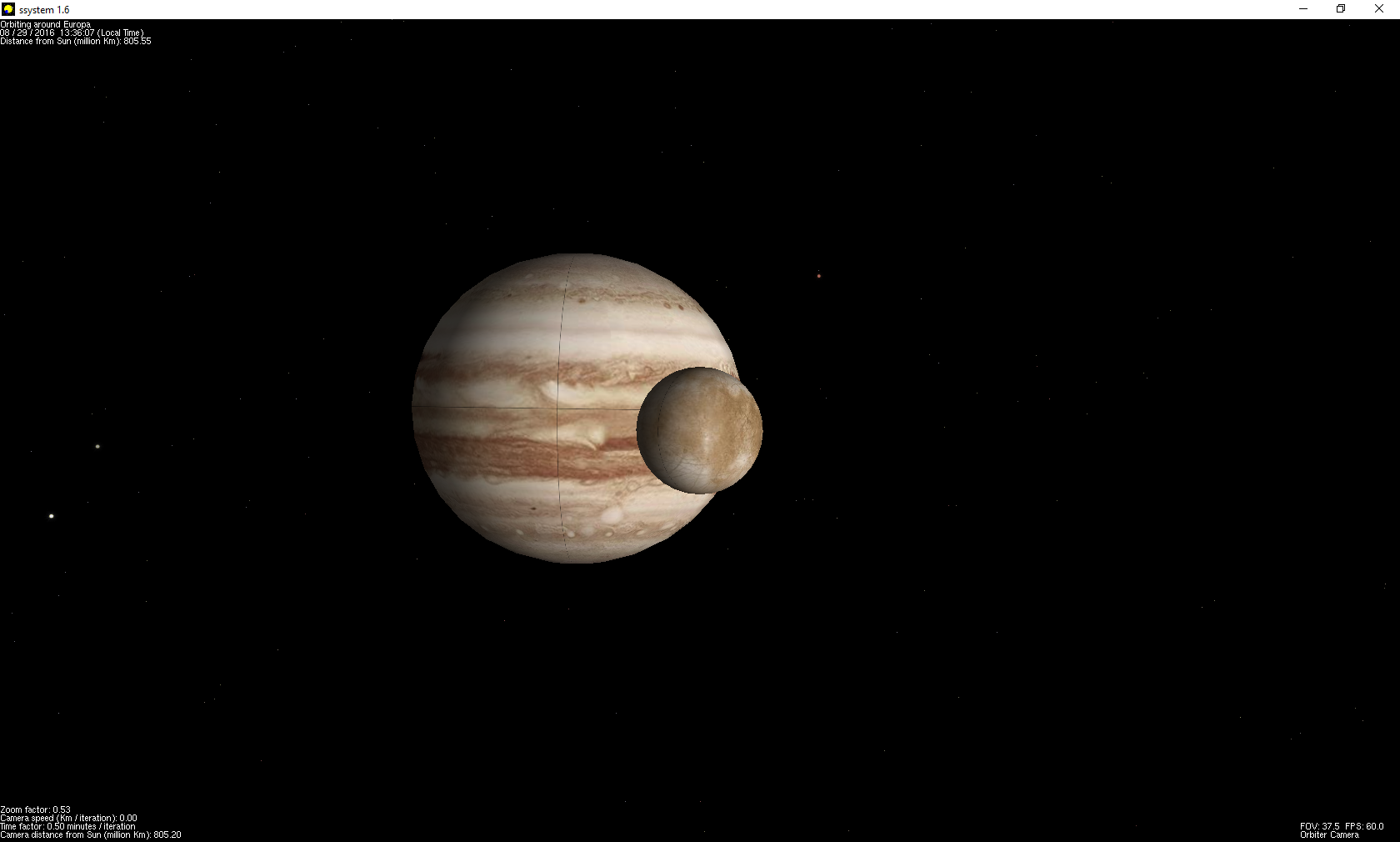
ssystem in orbit around Europa.
Of course in this day & age, any machine these days has hardware OpenGL acceleration so it is pretty trivial to run this program.
The artifacts in the picture were common at the time, and it’s how I remember it all those years ago so I’m not to worried about it.
I tried to compile with Visual C++ 4.0 however when trying to link I got this error:
Microsoft (R) 32-Bit Incremental Linker Version 3.00.5270
Copyright (C) Microsoft Corp 1992-1995. All rights reserved.
init.obj : error LNK2001: unresolved external symbol _glBindTexture
ssystem.obj : error LNK2001: unresolved external symbol _glBindTexture
stars.obj : error LNK2001: unresolved external symbol _glBindTexture
init.obj : error LNK2001: unresolved external symbol _glGenTextures
astrolib.exe : fatal error LNK1120: 2 unresolved externals
NMAKE : fatal error U1077: ‘link’ : return code ‘0x19’
Stop.
I’m not sure why, as I re-compiled with Visual C++ 6.0 and I get a working executable. Â More bizarre if I try to link the objects that were compiled with Visual C++ 4.0 with Visual C++ 6.0 it also fails in the same way.
I’ve placed in everything I could find into this archive: ssystem-1.6.7z including a pre-compiled version, and the high resolution images.  Along the way I also did find a backup of the site http://www.wam.umd.edu/~kamelkev/Ssystem which actually has a much smaller download of ssystem 1.6 as ssystem-1.6.zip You may need to play with ssystem.conf to get a more respectable display.  I have also tweeked it to work find on my machine, using the highest values I could get away with, without running over the 2GB per process limit on 32bit processes.

Let’s also not forget the SETI crazy of the 1990’s.

